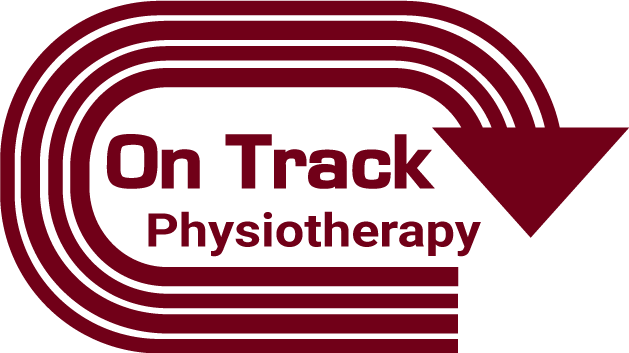When starting a running program, or if you have been running for quite some time. Chances are you may have encountered some achilles tendon pain.
Chances are if you went to your physician or some other healthcare provider they may have told you to rest, ice, stretch, and perform some generic exercises. If this is all that you are doing, then it’s no wonder why you still have not noticed any improvement.
I tell you why you should not stretch here.
I show you what to do instead here.
Finally, there are some other considerations you should make.
#1 ) Shoes
Shoes do matter! Often times I will see people who just started running in zero drop heel shoes get pain because there tendon was never acclimated to this much range of motion under dynamic loading conditions such as running. Another thing I notice is that people become very patterned in their shoe. Either they put a lot of use on the inside of the shoe or outside of shoe. You want a shoe that allows you to feel the whole foot evenly.
#2) Increase stride frequency and decrease stride distance while running. Think swift and quick with your legs. Often times people will report more comfort while running or jogging when they shorten their stride up and quicken their stride frequency. The result of this will be decreased impact on ground contact time, which results in decreased impact on the Achilles.
This modification often helps allow you to continue jogging or running if that is your goal. It does take some practice and coordination though, which is something we can definitely help you learn in addition to the specific exercises and treatment that will resolve the pain.
#3) Land on whole foot, watch amount of heel drop when running. Usually sprinters have the most trouble with modification to achilles pain because sprinting requires them to be on the balls of their feet.
A distance runner has more options on how they contact the ground when running. Landing on the whole foot while jogging or running tends to be the most comfortable. By decreasing the space and contacting the ground with the whole foot or rearfoot then we decrease the amount of dynamic stretch that is placed on the achilles.
The dynamic and quick stretch is often the pain generator.
If you are a sprinter, the modification is making as rigid of a foot as possible so the heel does not drop into a quick stretch of the achilles. This modification allows you to stay on the balls of your feet, but decreases the distance the heel will drop when contacting the ground.
In some instances we can not get around the pain and need to shut things down for a little bit until pain is more manageable. However, often their is a compromise that we can find.
If you’d like to see how we can help you recover FASTER. Fill out the short form below:
About the Author: Dr. Greg Schaible is a physical therapist/strength coach specializing in athletic performance. He attended The University of Findlay, graduating in 2013 with his Doctorate of Physical Therapy (DPT). As a Track and Field athlete, he was as a 5x Division II All-American and 6x Division II Academic All-American. Greg is the owner of On Track Physiotherapy in Ann Arbor, Mi. You can stay up to date with helpful information and news on Facebook.



